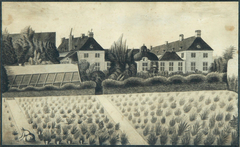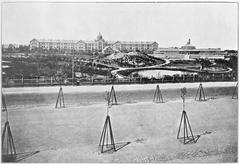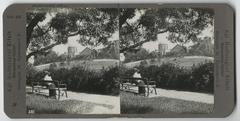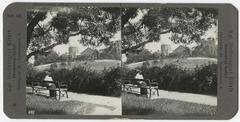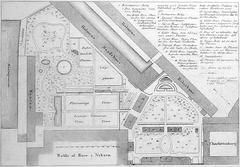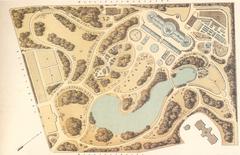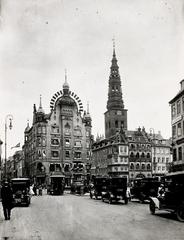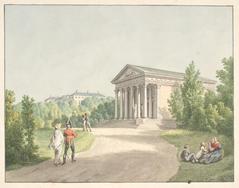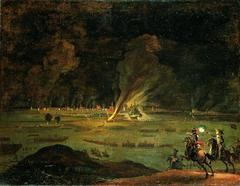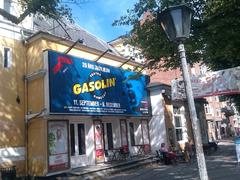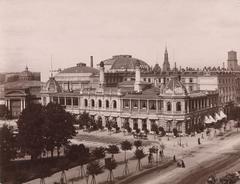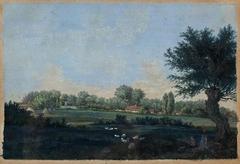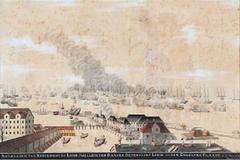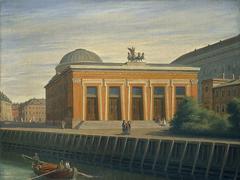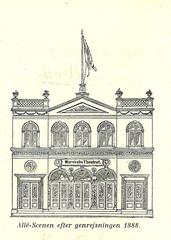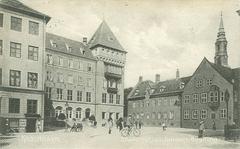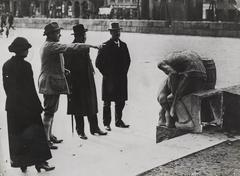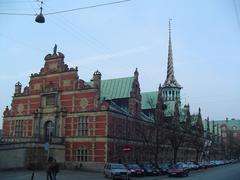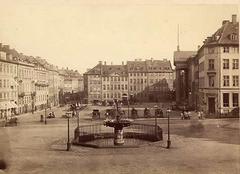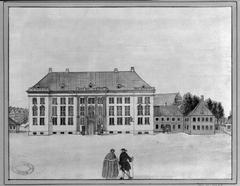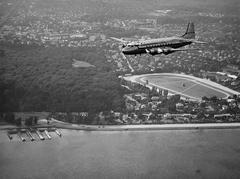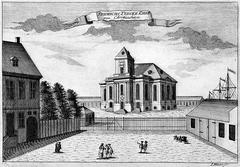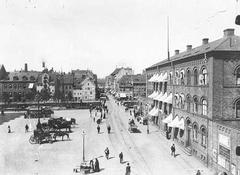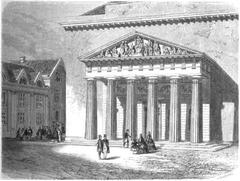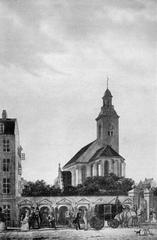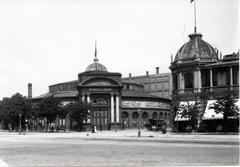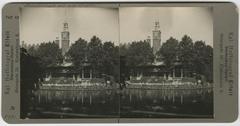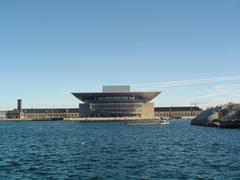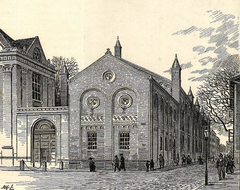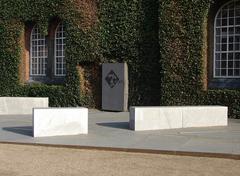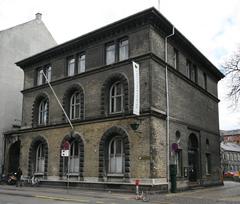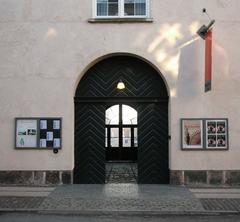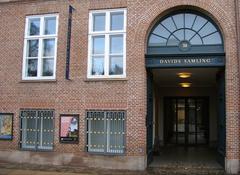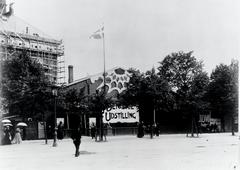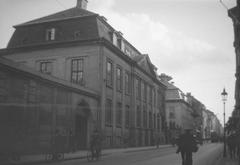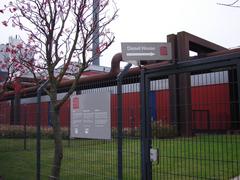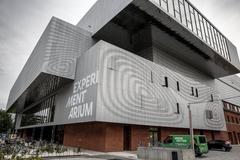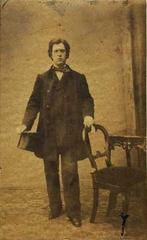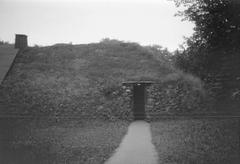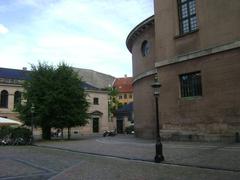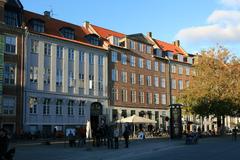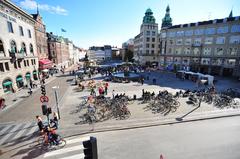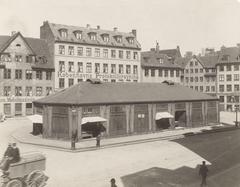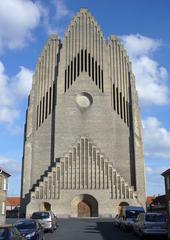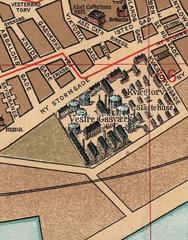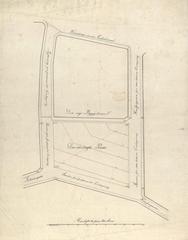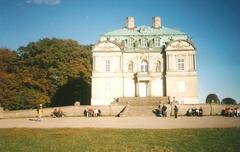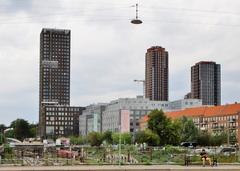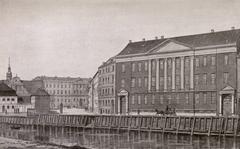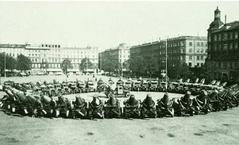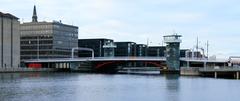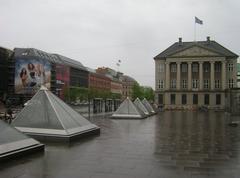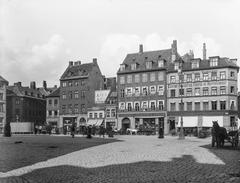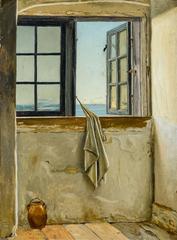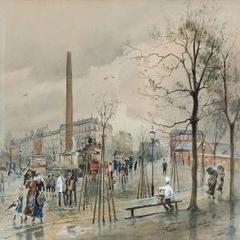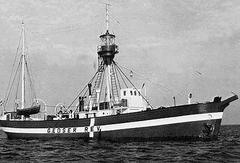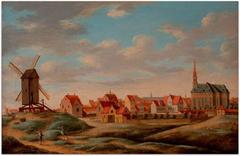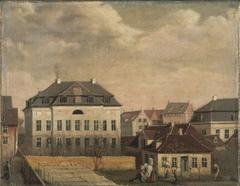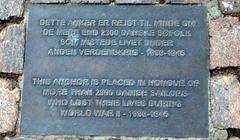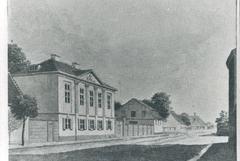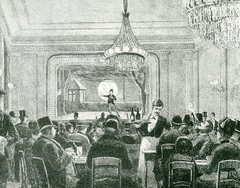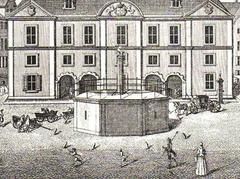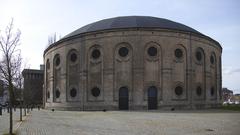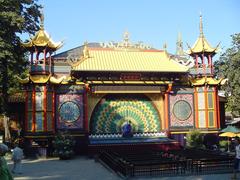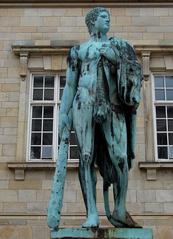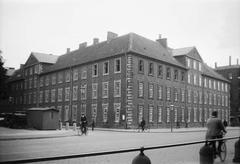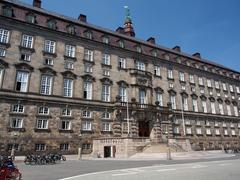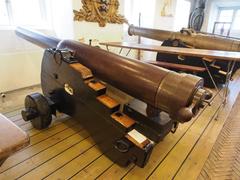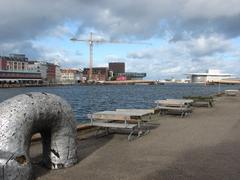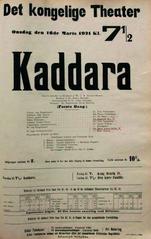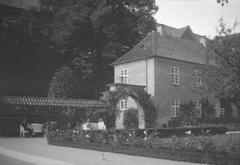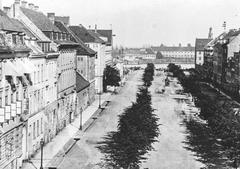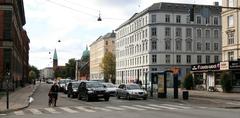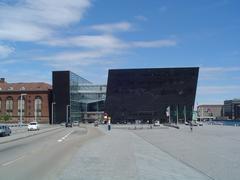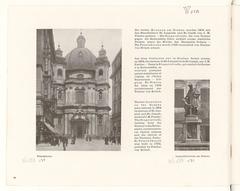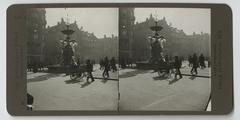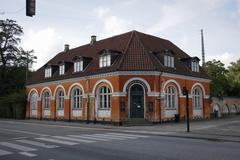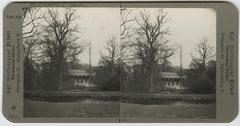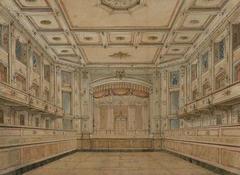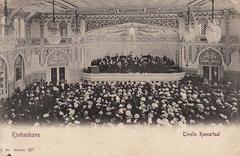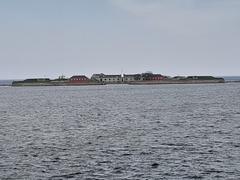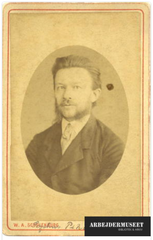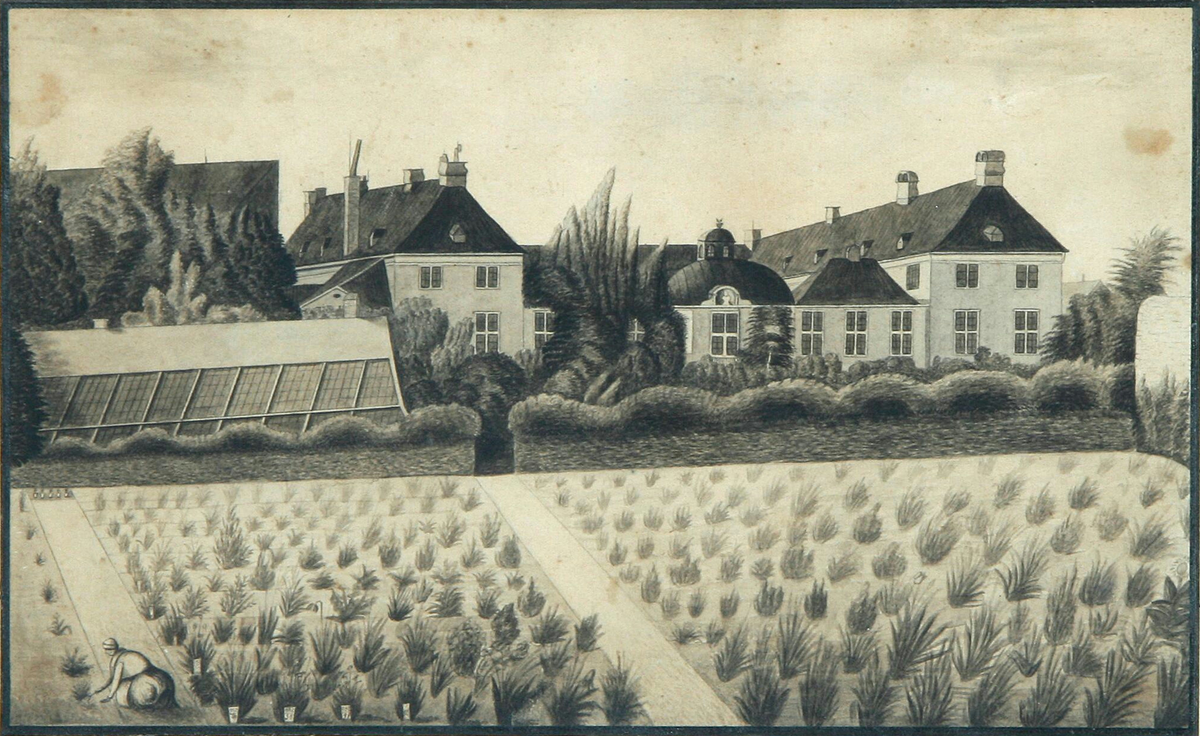
Botanisk Have in Copenhagen: Visiting Hours, Tickets, and Historical Sites
Date: 18/07/2024
Introduction
Nestled in the heart of Denmark’s capital, the University of Copenhagen Botanical Garden, commonly known as Botanisk Have, is a verdant oasis that spans over 25 acres. This historical garden, established in 1600 by a royal decree from King Christian IV (source), serves as a living testament to Denmark’s rich botanical heritage. Over the centuries, Botanisk Have has evolved into a vital center for botanical research, conservation, and public engagement, boasting a diverse collection of plants sourced from around the globe. From the iconic Palm House, a 19th-century architectural marvel, to the serene outdoor gardens and specialized collections, the garden offers an immersive journey through the world of plants.
Visitors can explore various attractions, such as the Danish Garden, the Rock Garden, and the Victorian Complex, each showcasing unique botanical wonders. With its convenient location, accessibility, and array of events and educational programs, Botanisk Have stands as a must-visit destination for plant enthusiasts, history buffs, and anyone seeking a tranquil escape in the bustling city of Copenhagen.
Table of Contents
- [Introduction](#introductionintroduction)
- [A Legacy of Botanical Beauty - History and Cultural Significance](#a-legacy-of-botanical-beauty---history-and-cultural-significancea-legacy-of-botanical-beauty---history-and-cultural-significance)
- [Early Beginnings and Expansion](#early-beginnings-and-expansionearly-beginnings-and-expansion)
- [A Flourishing Center for Botanical Research](#a-flourishing-center-for-botanical-researcha-flourishing-center-for-botanical-research)
- [Architectural Marvels and Horticultural Achievements](#architectural-marvels-and-horticultural-achievementsarchitectural-marvels-and-horticultural-achievements)
- [A Cultural Oasis in the Heart of Copenhagen](#a-cultural-oasis-in-the-heart-of-copenhagena-cultural-oasis-in-the-heart-of-copenhagen)
- [Practical Information for Visitors](#practical-information-for-visitorspractical-information-for-visitors)
- [Visiting Hours](#visiting-hoursvisiting-hours)
- [Tickets](#ticketstickets)
- [Accessibility](#accessibilityaccessibility)
- [Travel Tips](#travel-tipstravel-tips)
- [Nearby Attractions](#nearby-attractionsnearby-attractions)
- [Special Features and Events](#special-features-and-eventsspecial-features-and-events)
- [Guided Tours](#guided-toursguided-tours)
- [Photographic Spots](#photographic-spotsphotographic-spots)
- [Special Events](#special-eventsspecial-events)
- [Preservation and Education for Future Generations](#preservation-and-education-for-future-generationspreservation-and-education-for-future-generations)
- [FAQ](#faqfaq)
- [Conclusion](#conclusionconclusion)
Exploring the University of Copenhagen Botanical Garden - History, Visiting Hours, and More
Introduction
The University of Copenhagen Botanical Garden, also known as Botanisk Have, is more than just a collection of plants; it is a living testament to Denmark’s rich botanical heritage. This article delves into its history, cultural significance, architectural marvels, and practical information for visitors, making it a must-visit Copenhagen historical site.
A Legacy of Botanical Beauty - History and Cultural Significance
The history of the University of Copenhagen Botanical Garden is deeply intertwined with the cultural and scientific landscape of Denmark. Established in 1600, the garden represents over four centuries of botanical passion, scientific exploration, and public engagement.
Early Beginnings and Expansion
The garden’s origins can be traced back to a royal decree by King Christian IV in 1600. Initially located at Skidenstræde, the first garden was modest in size, primarily intended for medicinal plant cultivation. However, its location proved unsuitable due to limited space and unfavorable growing conditions.
In 1752, under the patronage of King Frederik V, the garden found its permanent home at its current location. Professor Georg Christian Oeder, a renowned botanist, was entrusted with designing and developing the new garden. Oeder’s vision extended beyond medicinal plants, encompassing a broader collection for scientific study and public appreciation.
A Flourishing Center for Botanical Research
The late 18th and 19th centuries marked a golden age for the garden. Under the leadership of prominent botanists like Martin Vahl and Eugen Warming, the garden’s collection expanded significantly. Expeditions to remote corners of the world, including South America and Southeast Asia, brought back exotic and scientifically valuable plant specimens, enriching the garden’s diversity and contributing to the advancement of botanical knowledge.
The garden played a pivotal role in establishing the University of Copenhagen’s reputation as a leading center for botanical research. Its herbarium, housing a vast collection of preserved plant specimens, became an invaluable resource for botanists worldwide.
Architectural Marvels and Horticultural Achievements
The garden’s historical significance is further enhanced by its remarkable architectural features. The most iconic structure is undoubtedly the old Palm House, a magnificent glass and iron structure erected in 1874. Designed by architect Jens Peter Jacobsen, the Palm House stands as a testament to the 19th-century fascination with exotic flora and the industrial revolution’s architectural innovations.
Another notable structure is the Victorian Complex, a series of interconnected greenhouses built between 1871 and 1874. Each greenhouse within the complex is designed to mimic specific climatic conditions, housing plants from diverse geographical regions.
A Cultural Oasis in the Heart of Copenhagen
Beyond its scientific contributions, Botanisk Have has always held a special place in the hearts of Copenhagen’s residents. The garden serves as a tranquil oasis amidst the bustling city, offering a serene escape for relaxation and contemplation. Its winding paths, vibrant flowerbeds, and majestic trees provide a picturesque backdrop for leisurely strolls, picnics, and social gatherings.
Over the centuries, the garden has witnessed countless public events, concerts, and exhibitions, solidifying its role as a vibrant cultural hub. Its annual Christmas market, with its twinkling lights and festive atmosphere, is a beloved tradition for Copenhageners and visitors alike.
Practical Information for Visitors
Whether you’re a local or a tourist, knowing practical details can enhance your visit to the University of Copenhagen Botanical Garden.
Visiting Hours
The garden is open daily from 8 AM to 6 PM. The Palm House and other greenhouses have specific visiting hours, typically from 10 AM to 3 PM.
Tickets
Entry to the outdoor garden is free. However, there is a small fee for entering the Palm House and other special exhibitions. Adult tickets are approximately 40 DKK, while children under 12 can enter for free.
Accessibility
The garden is wheelchair accessible, with paved paths and ramps leading to most areas.
Travel Tips
The garden is located in the heart of Copenhagen, easily accessible by public transport. The nearest metro station is Nørreport.
Nearby Attractions
While visiting, consider exploring other nearby attractions like Rosenborg Castle, the Geological Museum, and the National Gallery of Denmark.
Special Features and Events
Botanisk Have offers various special features and events throughout the year, making it a dynamic place to visit.
Guided Tours
Expert-led tours are available, offering deep insights into the garden’s history, plant collections, and conservation efforts.
Photographic Spots
The Palm House, the rock garden, and the blooming flowerbeds are perfect for photography enthusiasts looking to capture stunning images.
Special Events
From seasonal flower shows to educational workshops, the garden hosts numerous events. Check their official website for the latest updates.
Preservation and Education for Future Generations
Today, Botanisk Have remains a vital institution dedicated to plant conservation, research, and education. The garden actively participates in international conservation efforts, safeguarding endangered plant species and raising awareness about biodiversity loss.
Educational programs, workshops, and guided tours provide visitors with insights into the fascinating world of plants, fostering an appreciation for the natural world and the importance of conservation. The garden’s commitment to education extends beyond its physical boundaries, with online resources and publications making botanical knowledge accessible to a wider audience.
FAQ
Q - What are the visiting hours of the University of Copenhagen Botanical Garden?
A - The garden is open daily from 8 AM to 6 PM. The Palm House and other greenhouses have specific visiting hours, typically from 10 AM to 3 PM.
Q - How much are tickets for Botanisk Have?
A - Entry to the outdoor garden is free. However, there is a small fee for entering the Palm House and other special exhibitions. Adult tickets are approximately 40 DKK, while children under 12 can enter for free.
Q - Are there any guided tours available?
A - Yes, expert-led guided tours are available and offer deep insights into the garden’s history, plant collections, and conservation efforts.
Q - Is the garden wheelchair accessible?
A - Yes, the garden is wheelchair accessible, with paved paths and ramps leading to most areas.
Conclusion
Botanisk Have stands as a living testament to Denmark’s rich botanical heritage, seamlessly blending scientific pursuit with public engagement. Its historical significance, architectural grandeur, and tranquil ambiance continue to captivate visitors from around the globe, offering a unique opportunity to connect with nature and explore the wonders of the plant kingdom. Don’t miss the chance to visit this remarkable garden and experience its timeless beauty.
References
- Exploring the University of Copenhagen Botanical Garden - History, Visiting Hours, and More, 2023, University of Copenhagen (source)
- Exploring the Copenhagen Botanical Garden - A Comprehensive Visitor Guide, 2023, University of Copenhagen (source)
- Ultimate Guide to Visiting Botanisk Have in Copenhagen - Hours, Tickets, and Tips, 2023, University of Copenhagen (source)
